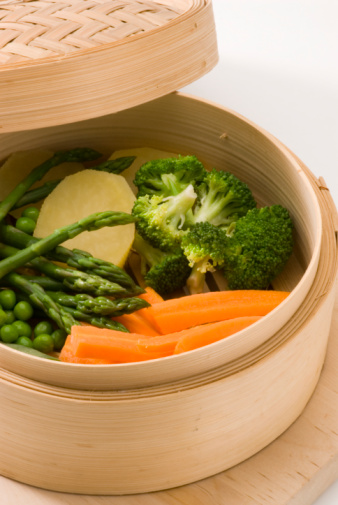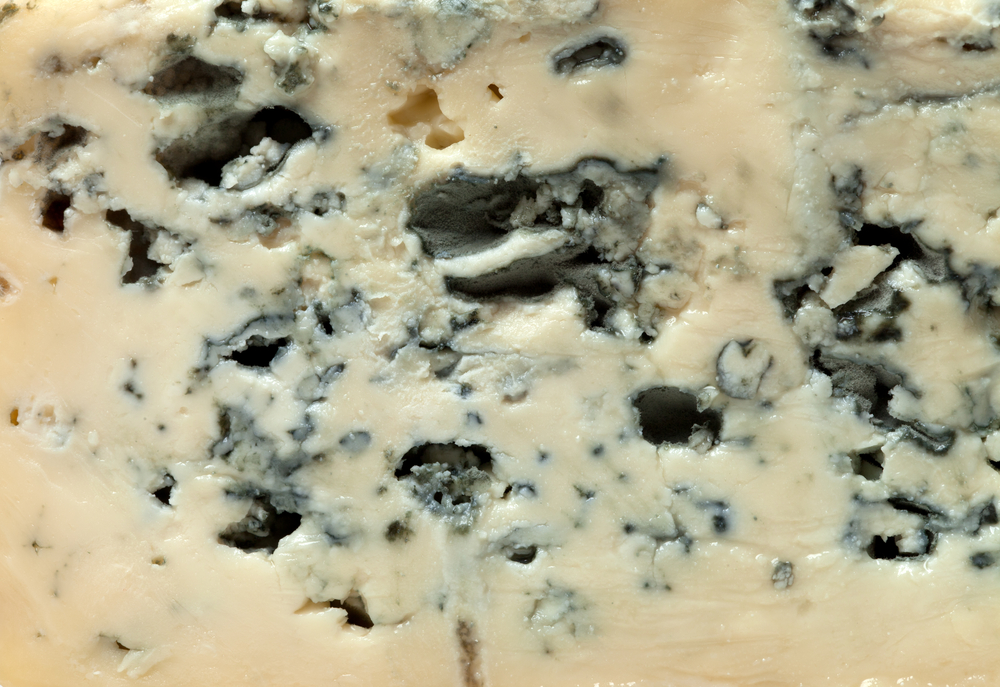Better Than Raisin Bran: Top 11 Sources of Fiber
Better Than Raisin Bran: Top 11 Sources of Fiber
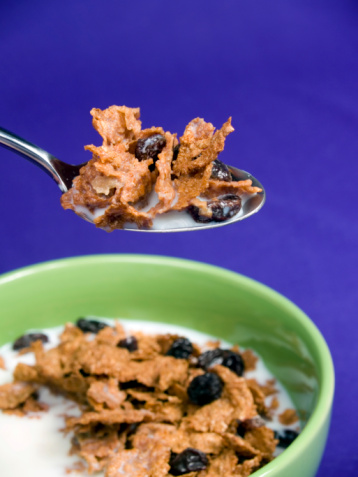
Go beyond raisin bran cereal and elevate the quality of high-fiber foods in your diet!
Fiber (along with adequate fluid intake) moves quickly and relatively easily through your digestive tract and helps it function properly. A high-fiber diet may also help reduce the risk of heart disease, colon cancer, and diabetes.
Let’s check out the fiber content of some good-for-you foods. Make sure to read nutrition labels to find out exactly how much fiber is in your favorite foods. Women, try to eat at least 21 to 25 grams of fiber a day, and men should aim for 30 to 38 grams a day.
1. AVOCADO.
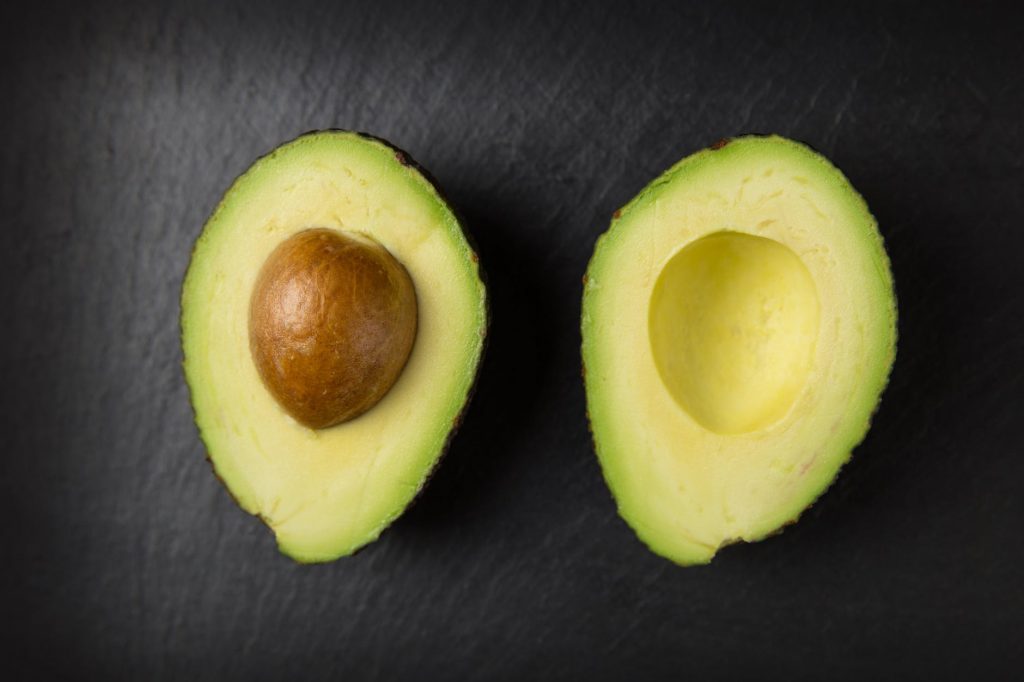
One whole, medium avocado contains 17 grams of carbohydrate and a truly impressive 11 grams of fiber. That's almost half of the daily recommended minimum intake of fiber! The avocado is a real diabetes superfood, providing an excellent dose of those good-for-you, unsaturated fatty acids. And avocados deliver almost 20 vitamins, minerals, and phytonutrients—the special plant chemicals that convey myriad health benefits.
Guacamole tip:
To keep avocado dips from turning brown, leave the pit in the dip until ready to serve, press plastic wrap down into a bowl and smooth it tight to the edges, leaving no air pockets.
2. ARTICHOKE.

A medium artichoke contains about 14 grams of carbs and 10 grams of fiber. Like avocados, artichokes are bursting with nutrients, including an impressive amount of antioxidants, an excellent dose of vitamin C, as well as folate, potassium, and magnesium. Did you know that a medium artichoke also delivers 4 grams of protein?
If you didn't grow up with artichokes, do not be intimidated by the funny looking globes. Just snip off the stem and a half-inch off the top, pull off five or six of the outermost leaves, and steam for 30 minutes or microwave in a couple inches of water for 7 to 10 minutes.
3. RASPBERRIES.
A cup of these delicate, vibrant berries contains 15 grams of carbs and 8 grams of fiber. High in vitamin C and several other nutrients, they are packed with antioxidants and have anti-inflammatory properties as well. The phytochemicals that make plant foods red, orange, or blue are potent disease fighters.

4. BLACKBERRIES.

Like raspberries, blackberries are rich in those health-giving pigments that give them their beautiful, deep blue-black coloring. They deliver the same amount of carbohydrate and fiber as raspberries, too. A cup contains 15 grams of carbs and 8 grams of fiber.
Raspberries and blackberries are both known as "bramble" fruit, and an increasing number of studies are showing that these and other intensely colored fruits and veggies improve health and fight disease.
5. LEGUMES.
Legumes are great sources of protein and fiber, but also contain lots of health-giving compounds. One type is called saponins, which may help lower cholesterol and blood glucose levels and reduce disease risks.
Did you know that just one half-cup of lentils contains about 10 grams of carbs and 8 grams of fiber? Lentils fall into this fancy-sounding food category, legumes, which are veggies that grow in pods. Lentils do not require soaking, so buy some and throw them into some broth with a couple of chopped vegetables and, presto, soup! Black beans are a type of legume, too, and contain all the same great health benefits as lentils. A bit higher in carbs at 22 grams, a half-cup of black beans delivers a hearty 7 grams of fiber. And if you subtract the fiber from the carbs, you end up with a manageable 15 grams of carbs in a serving.
6. BROCCOLI.

One of my favorite superfoods, one cup of broccoli contains just 9 grams of carbs and a nice 6 grams of fiber. Broccoli is a member of the cruciferous vegetable family, and these superfoods are known to have anti-cancer properties, among a host of other body benefits.
Remember not to overcook broccoli, or its nutrients begin to fade. Use a potato peeler to take off the outer layer on the stalks, and then chop them into one-inch pieces. This allows them to cook in the amount of time needed for the florets. Pour extra virgin olive oil and a sprinkle of parmesan cheese over it before enjoying.
7. VEGETABLE SOUP.
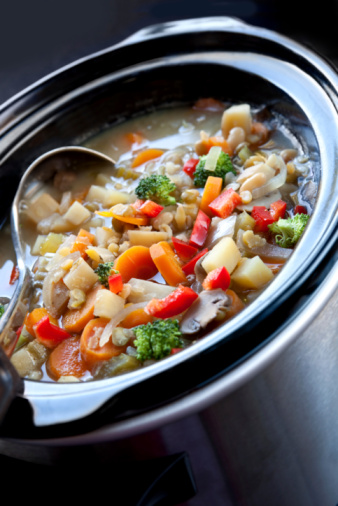
Try making this from scratch with a vegetable broth base and a myriad of your favorite veggies and beans all chopped up into a color fiesta, which is lower in sodium and additives than ready-made soups in a can. A typical serving contains at least 7 grams of fiber. If your blood pressure is high, note the sodium in soups as they may contain too much for your daily recommendation.
8. PEAR.
A medium pear contains 20 grams of carbs and 4.5 grams of fiber. Be sure to wash them well and eat the skin. Fiber and other nutrients live in that thin outer layer of the fruit. Slice pears and drizzle with lemon juice to keep them from turning brown, give a nice tart counterpoint to their juicy, sweetness, and to moderate your blood sugar response.
9. APPLE.
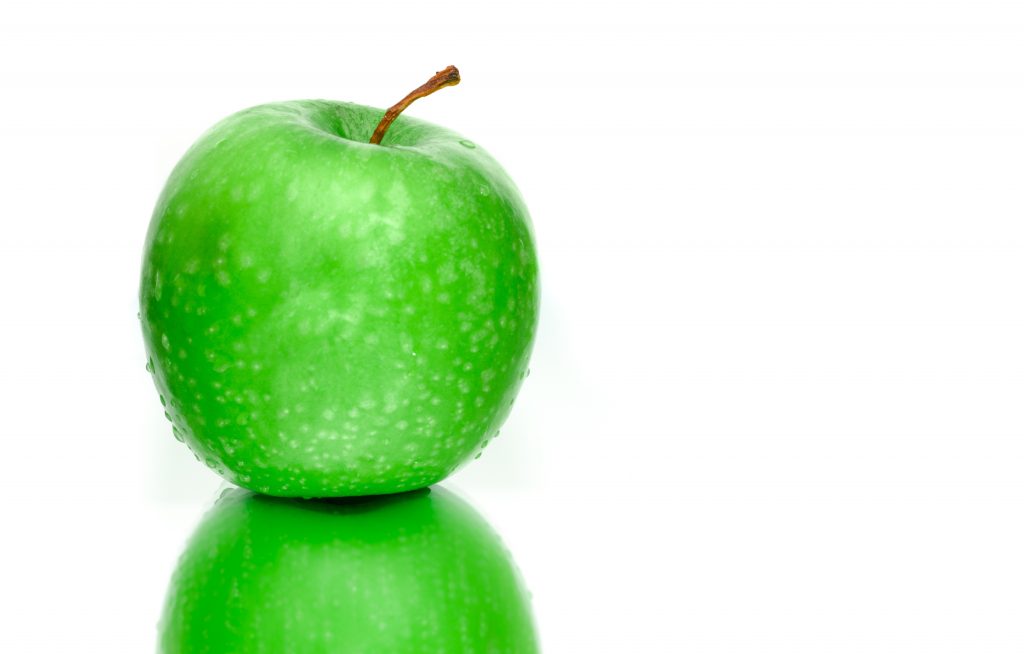
An apple a day provides great phytonutrients (phyto=plant) and a good dose of fiber. One medium apple contains about 23 grams of carbs and 4 grams of fiber. Try to buy organic apples without wax, wash well and eat the skin. You should know by now that the deep red color is an indicator of nature's potent disease-fighting chemicals.
10. OATMEAL.
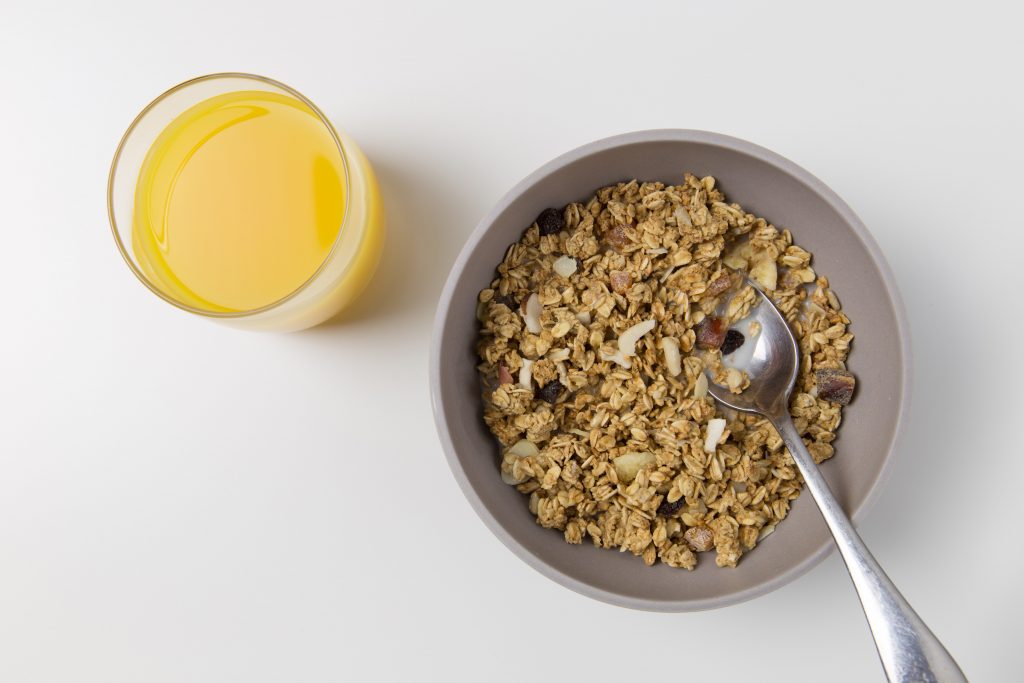
A cup of cooked oatmeal contains 27 grams of carbs and 4 grams of fiber. Though 4 grams is not a huge amount, oat fiber contains beta-glucan, a special kind of soluble fiber known to help people feel full longer, have less of an effect on BG, and improve cholesterol numbers. Use old-fashioned rolled oat or steel-cut oats for the best health bang for your buck. These are the least processed varieties and retain the most nutrients and fiber.
With rolled oats, mix one part oats to two parts cold water and simmer for 15 minutes or microwave for two, stir, then microwave again until you get desired consistency. Add ground flaxseed, or a dash of a flax, almond, or walnut oil. A little butter will work, too. Then you can add your cinnamon, sweetener, and milk or cream. Quick tip: Store your oats in the fridge. The oils in them can go rancid over time.
11. BARLEY.
Barley holds the honor of being the lowest-glycemic grain (of the grains officially tested so far). This means it is the grain least likely to spike your blood sugar. A half-cup of cooked pearl barley contains 22 grams of carbs and 3 grams of fiber—but like oatmeal, the fiber is the magical beta-glucan. If you can find the less processed, "hull-less" barley, you'll get even more fiber and more blood sugar protection.
Barley is mild, tender, and versatile—it can be used in place of rice, as an ingredient in soups, or in the morning like oatmeal.
